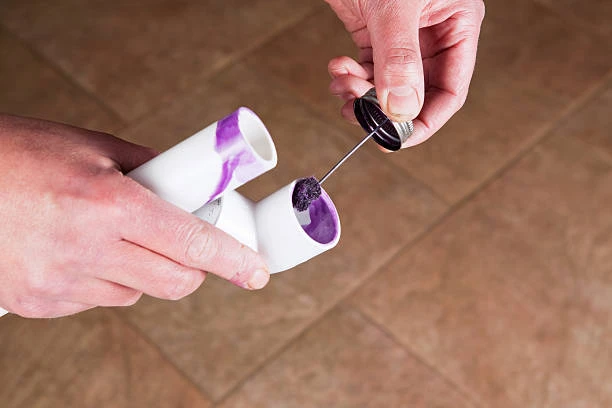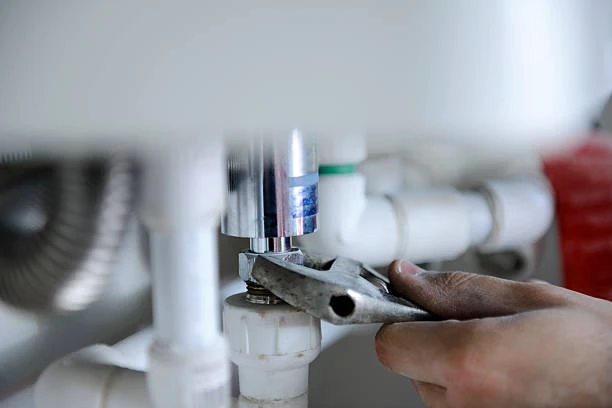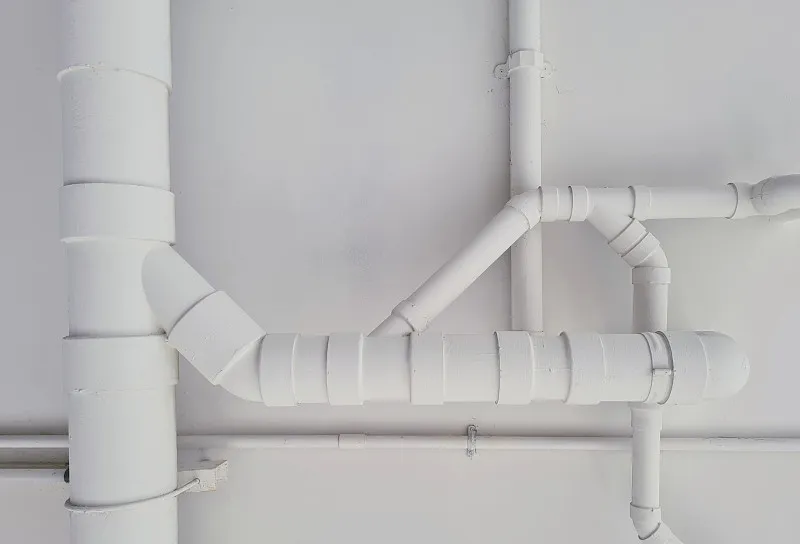Introduction
PVC water pipes and fittings have been a common choice in many plumbing systems for decades due to their durability, cost-effectiveness, and resistance to corrosion. However, a new report has raised concerns about the safety of PVC pipes and fittings, particularly regarding potential health risks and environmental impacts. This article delves into the safety concerns raised, evaluates the benefits and drawbacks of PVC water pipes and fittings, and explores the implications of the report.
What Are PVC Water Pipes and Fittings?
PVC, or polyvinyl chloride, is a widely used plastic polymer that is commonly found in various construction materials, including water pipes and fittings. Its chemical resistance, lightweight properties, and affordability make it a popular choice in the plumbing industry.
Why PVC Pipes Are Popular for Water Systems
PVC pipes and fittings have gained immense popularity due to several advantages:
- Cost-Effectiveness: PVC is less expensive compared to alternatives like copper and steel.
- Durability: PVC pipes are resistant to rust, corrosion, and degradation, ensuring a longer lifespan.
- Easy Installation: PVC’s lightweight nature makes it easier to transport and install, reducing labor costs.
- Low Maintenance: Once installed, PVC pipes require minimal maintenance, contributing to long-term savings.
Safety Concerns Raised in the Report
Despite these advantages, recent reports have questioned the safety of PVC water pipes and fittings. Concerns stem from the potential leaching of chemicals into drinking water and the impact of PVC production and disposal on the environment. Some of the key issues highlighted include:
1. Chemical Leaching from PVC Pipes
PVC contains additives like plasticizers, stabilizers, and other chemicals that improve its flexibility and durability. However, these additives can leach into the water supply, particularly in high temperatures or under acidic conditions. The report suggests that long-term exposure to these chemicals may pose health risks to consumers, including hormonal disruptions and cancer.
2. Environmental Concerns
The production and disposal of PVC raise significant environmental concerns. PVC comes from fossil fuels, and its manufacturing process releases harmful chemicals like dioxins, which are toxic to both humans and the environment. Additionally, PVC is not biodegradable, leading to waste management challenges when pipes and fittings reach the end of their life cycle.
3. Microplastic Contamination
The report also highlights the issue of microplastic contamination. Over time, PVC pipes may degrade and release small plastic particles into the water supply. Researchers increasingly find these microplastics in drinking water and believe they pose unknown long-term health risks.
The Impact of Temperature and Water Chemistry
Research shows that the likelihood of chemical leaching increases when high temperatures expose PVC pipes or when acidic water passes through them. Municipalities and households that use hot water systems or have naturally acidic water sources may be at a higher risk of chemical exposure from PVC pipes.
Alternatives to PVC Pipes
Given the concerns raised in the report, many are beginning to explore alternatives to PVC water pipes and fittings. Some of the most common alternatives include:
- Copper Pipes: Known for their durability and safety, copper pipes do not pose the same chemical leaching risks as PVC. However, they are more expensive and can corrode over time.
- PEX (Cross-linked Polyethylene): PEX pipes are another popular alternative that is resistant to chemical leaching and flexible for installation. They are gaining traction in residential water systems.
- Stainless Steel Pipes: Although more costly, stainless steel pipes are a long-lasting and safe option for water supply systems, especially in areas with corrosive water.
The Regulatory Landscape for PVC Pipes
In response to growing concerns, regulatory agencies and standards organizations have begun reviewing the safety of PVC water pipes and fittings. While regulators currently approve PVC pipes for use in drinking water systems, stricter guidelines regarding manufacturing practices and chemical additives may be on the horizon.
What This Means for Consumers
For homeowners and businesses, the report’s findings suggest that they should be cautious when selecting materials for plumbing systems. While PVC remains a cost-effective and widely used option, consumers should be aware of potential risks, particularly in areas with hot or acidic water.

Steps to Mitigate Risk
For those who already have PVC water pipes installed, there are a few steps that can be taken to mitigate the risks:
- Regular Water Testing: Conduct periodic tests to ensure that no harmful chemicals are leaching into the water supply.
- Proper Installation: Ensure that PVC pipes are installed by certified professionals to reduce the likelihood of degradation and contamination.
- Avoid High Temperatures: Limit the use of hot water in PVC piping systems to reduce the risk of chemical leaching.
Sustainability Concerns
The environmental impact of PVC is another important aspect highlighted in the report. As concerns about climate change and sustainability grow, the plastic industry, including PVC pipe manufacturers, faces increasing pressure to adopt greener practices. Consumers are also becoming more eco-conscious and may favor alternatives that offer a lower environmental footprint.
Innovations in PVC Manufacturing
Despite these concerns, innovations in PVC manufacturing are underway. Some manufacturers are exploring ways to reduce the environmental impact of PVC production by using renewable materials and developing more sustainable disposal methods. Additionally, advancements in PVC formulations aim to minimize chemical leaching and enhance the safety of these pipes for drinking water applications.
Conclusion
While PVC water pipes and fittings have been a reliable and cost-effective solution for decades, the recent report underscores the need for careful consideration of the potential health and environmental risks associated with their use. Consumers, regulators, and manufacturers must collaborate to ensure that water supply systems remain safe and sustainable. As alternative materials become more affordable and accessible, the future of plumbing systems may shift toward safer, eco-friendly options.
Frequently Asked Questions (FAQs)
- Is PVC safe for drinking water? PVC pipes are commonly used for drinking water systems, but concerns about chemical leaching have been raised, especially in hot or acidic conditions.
- What chemicals can leach from PVC pipes? Chemicals like plasticizers and stabilizers used in the production of PVC may leach into water over time, posing potential health risks.
- Are there safer alternatives to PVC water pipes? Yes, alternatives such as copper, PEX, and stainless steel pipes are considered safer and have lower risks of chemical leaching.
- Can PVC pipes release microplastics? Over time, PVC pipes can degrade and release microplastics into the water supply, which may pose unknown long-term health risks.
- How can I reduce the risks associated with PVC pipes? Regular water testing, proper installation, and avoiding high temperatures in water systems using PVC pipes can help mitigate risks.

















